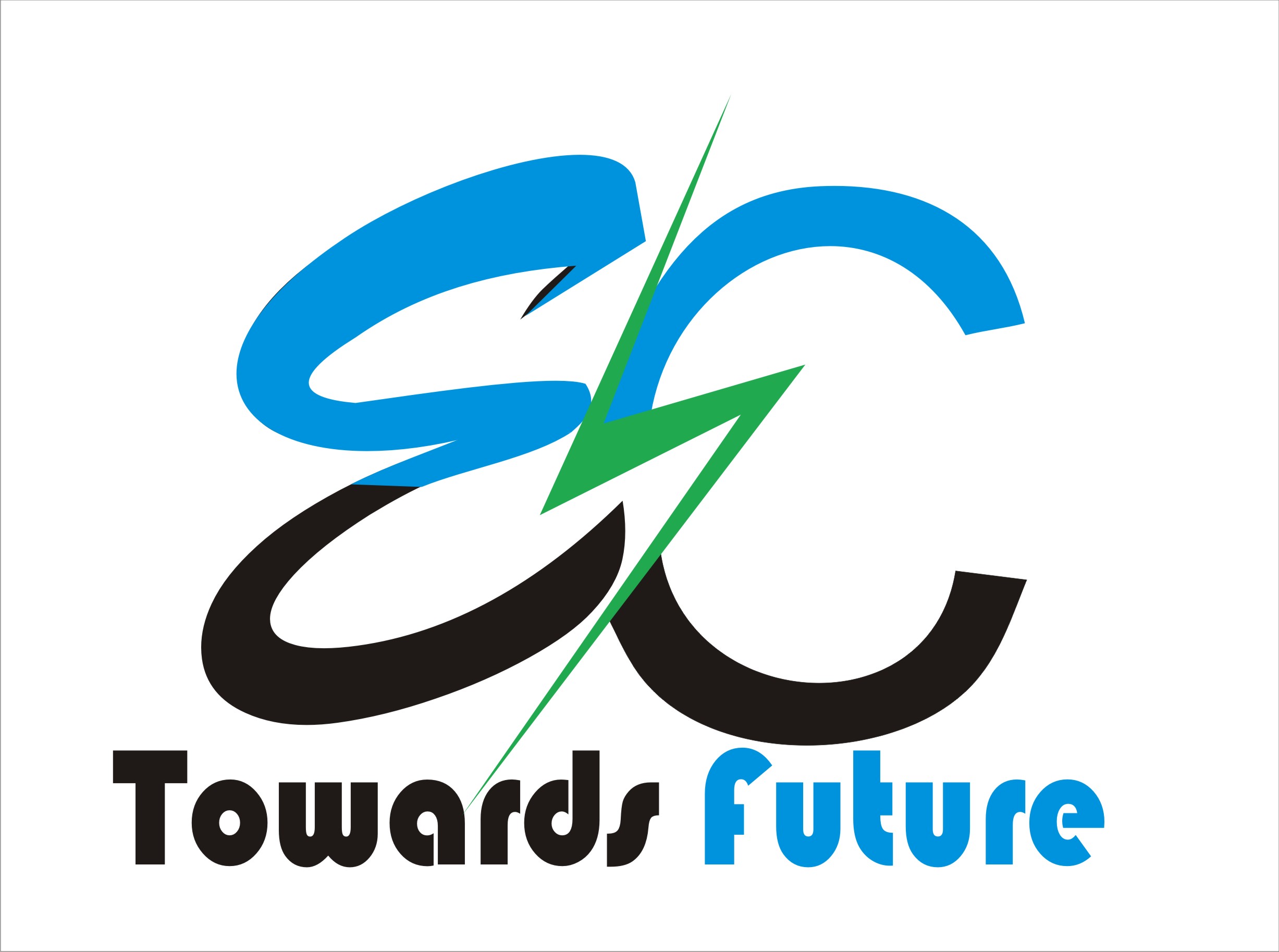As the EV industry trends toward mass adoption, battery safety and manufacturing efficiency have become critical focal points for OEMs and battery designers. Among the most pressing concerns are thermal dissipation, electrical isolation, and the prevention of thermal runaway and propagation—issues that can compromise both performance and safety. To address these challenges, manufacturers are increasingly turning to advanced materials and adhesive technologies that not only enhance safety but also streamline production and reduce costs.
Safety-Driven Innovation in Battery Design
Battery packs are complex systems that must withstand high temperatures, mechanical stress, and potential fire hazards. Safety strategies often include the integration of thermal management systems and thermal barriers designed to contain or mitigate the effects of fire. One such barrier material is mica, valued for its excellent thermal and electrical insulation properties. However, incorporating mica into battery enclosures presents its own set of manufacturing challenges, particularly around adhesion and process efficiency.
Traditional bonding methods—such as double-sided tapes, two-component polyurethanes (2K PU) andnon-reactive hot melt pressure-sensitive adhesives (PSAs)have limitations in terms of cycle time, reliability, and adaptability to complex geometries. These limitations can lead to increased scrap rates, longer production cycles, and higher overall costs.
Optimizing Adhesive Performance in Battery Enclosures
H.B. Fuller, a global leader in adhesives and advanced materials, has developed a breakthrough solution to these challenges: EV Bond 775, a reactive hot melt adhesive engineered specifically for battery applications. This innovative material is transforming how mica shields are integrated into battery enclosures, offering significant advantages in performance, reliability, and cost efficiency.
EV Bond 775 is designed to meet the rigorous demands of battery manufacturing. It features:
- Long open time of 10-15 minutes, allowing for flexible and precise assembly.
- Fast generation of green strength, enabling immediate handling and reducing wait times.
- Excellent coat weight control, ensuring consistent application across complex geometries.
- Compatibility with automated spray equipment, supporting scalable, high-throughput production.
- Resistance to temperature fluctuations and vibration, critical for long-term durability within battery packs.
Importantly, EV Bond 775 adheres effectively to a wide range of substrates, including mica, e-coated steel, aluminum, and composite materials—making it a versatile solution for diverse battery designs.
Dramatic Reductions in Cycle Time and Scrap
When benchmarked against conventional adhesives, EV Bond 775 delivers compelling performance improvements:
- Compared to 2K polyurethane, which typically requires a 20-minute cycle time, EV Bond 775 reduces this to just 20 seconds—a 60-fold improvement that translates directly into faster throughput and lower labor costs.
- Compared to PSA tape, EV Bond 775 reduces failure rates upwards of 10%%, minimizes downtime, and enables in-house integration. Its ability to conform to complex geometries with precision and consistency eliminates the need for additional manufacturing steps, further reducing costs.
This efficiency is clearly illustrated in the comparison between traditional and lean manufacturing processes for mica shield integration (Figure 1). In the Traditional Process, mica parts are sent to a third-party for tape application, introducing delays, added logistics, and dependency on external suppliers.

The LEAN Process, enabled by EV Bond 775, eliminates these steps by allowing direct adhesive application in-house. This not only streamlines operations but also reduces lead times and cost of ownership.
The adhesive’s fast and easy application process allows for in-situ bonding, meaning mica panels can be applied directly during assembly without pre-treatment or curing delays. Once applied, EV Bond 775 immediately holds large mica panels in tensile mode, supporting a flexible and efficient manufacturing process.
Beyond Mica Shields: Expanding Applications in Battery Systems
While EV Bond 775 is optimized for bonding mica shields in battery enclosures, its utility extends to other critical components. For example, it can be used to attach cells to cooling snakes, a key element in maintaining temperatures in battery systems. This versatility makes EV Bond 775 a valuable tool across the battery value chain, supporting safer, more reliable, and more efficient energy storage solutions.
A Smarter Way to Build Safer Batteries—with H.B. Fuller
H.B. Fuller is more than a materials supplier—it is a strategic partner to battery manufacturers and OEMs navigating the evolving landscape of electric mobility and clean energy. With a growing portfolio of high-performance adhesives and encapsulants, H.B. Fuller is helping customers meet the demands of next-generation battery systems. From thermal management and structural bonding to battery sealing and encapsulation, H.B. Fuller’s solutions are engineered to enhance safety, reliability, and sustainability.
As the EV market continues to grow, manufacturers face increasing pressure to optimize performance while controlling costs. EV Bond 775 exemplifies how H.B. Fuller is rising to this challenge—delivering materials that not only meet technical requirements but also unlock new efficiencies in production.
Reach out to H.B. Fuller today to learn how EV Bond 775 can transform your battery manufacturing process.



